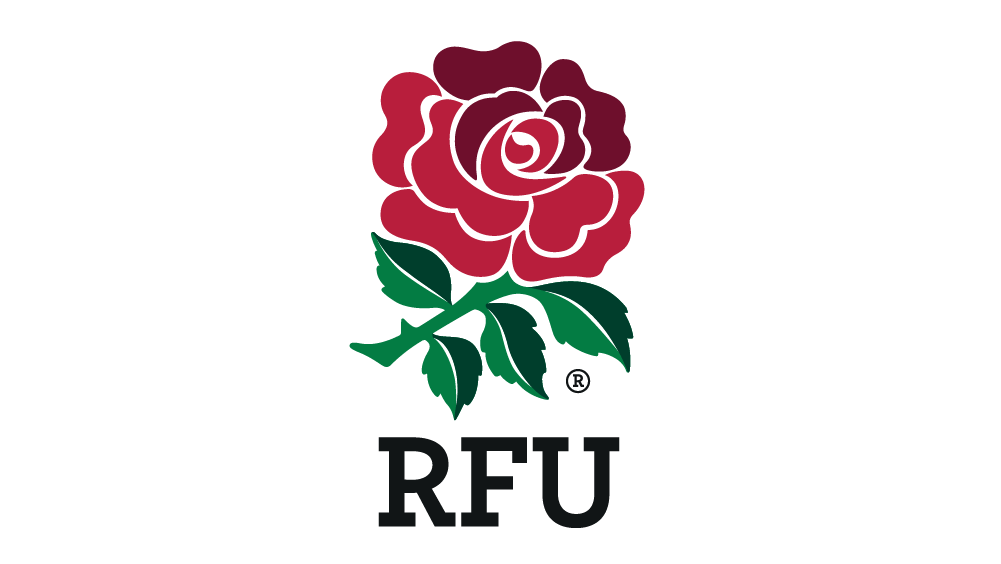
Winter weather can be challenging to manage, but it doesn’t always mean trouble. In fact, snow and leaf frost on turf aren’t harmful and can be left to melt naturally provided there’s no urgent need to prepare a surface for play. However, there are several important factors to consider before deciding how to act.
Key Things to Consider
Before choosing the right approach for dealing with frost, keep the following in mind:
Ground conditions matter
Frozen ground and snowfall
If the soil is already frozen, snow acts as an insulator. This slows the thawing process but reduces disease risk.
Soft ground and snowfall
If the soil was soft when snow arrived (indicating higher soil temperatures), snow mould may develop if the snow cover persists for several days.
Thawing doesn’t guarantee playability
Even when snow melts, frozen soil is prone to waterlogging. A pitch may still be saturated and unfit for play.
Timing is everything
- Leaf frost on unshaded areas often clears by mid-morning if temperatures allow.
- Early kick-offs and evening fixtures pose a much higher risk of turf damage and player injury due to lingering frost and frozen surfaces.
Best Practices for Managing Frost
1. Keep off frosted turf
Avoid walking or operating machinery on turf covered by leaf frost. Traffic can bruise the grass, leaving dark footprints or damaged patches that won’t recover until spring growth returns.
2. Check for deeper ground frost
If the leaf frost has gone but the soil beneath is still frozen:
- The surface may be too hard to be safe.
- The top layer may seem soft, but frozen soil below can cause the grass to shear from its roots during play.
- Always test the depth of thawing using a suitable tool.
3. Inspect vulnerable areas
Bare or worn patches freeze faster because they lack the insulating effect of grass cover. Goal mouths are especially at risk of deep ground frost.
4. Avoid aeration during cold spells
Aerating or deep spiking before or during freezing weather increases frost penetration and exposes roots to cold air, adding stress to the turf.
5. Hold off on fertiliser
Do not apply granular or liquid fertilisers when frost is expected.
6. Never use salt or hot water
Salt, hot water, and commercial snow-melt products will burn or even kill the turf. Salt is also highly corrosive and can damage spreaders if equipment is shared.
7. Use frost protection sheets where possible
- Full pitch covers or undersoil heating are common in professional settings. At the grassroots level, protecting goal mouths with frost covers is a practical and effective starting point.
- Identify shaded areas such as those near trees or stands that thaw slowly. Covering them can prevent frost pockets and support full-pitch playability.
Managing Snow on Turf
Snow removal can be demanding, especially for grassroots facilities, but there are safe methods available depending on resources.
Light snow
- Dragging heavy ropes across the surface (like dew removal)
- Using heavy-duty plastic shovels, drag brushes, or mats
- Carefully using handheld blowers
- Avoid larger machinery unless the ground is fully frozen as thawed soil beneath can easily be damaged.
Heavy snow
Significant snowfalls require substantial manpower and time. When resources are limited, postponing or cancelling fixtures may be the most realistic option. Sometimes nature simply wins.
Pitch marking
If snow is forecast during a fixture, marking the pitch in a contrasting colour (such as sky blue or red) can help maintain visibility.
Artificial surfaces
If you manage a 3G or similar synthetic pitch, always follow the manufacturer’s guidance. Snow removal can displace infill, which is costly to replace or redistribute.
















